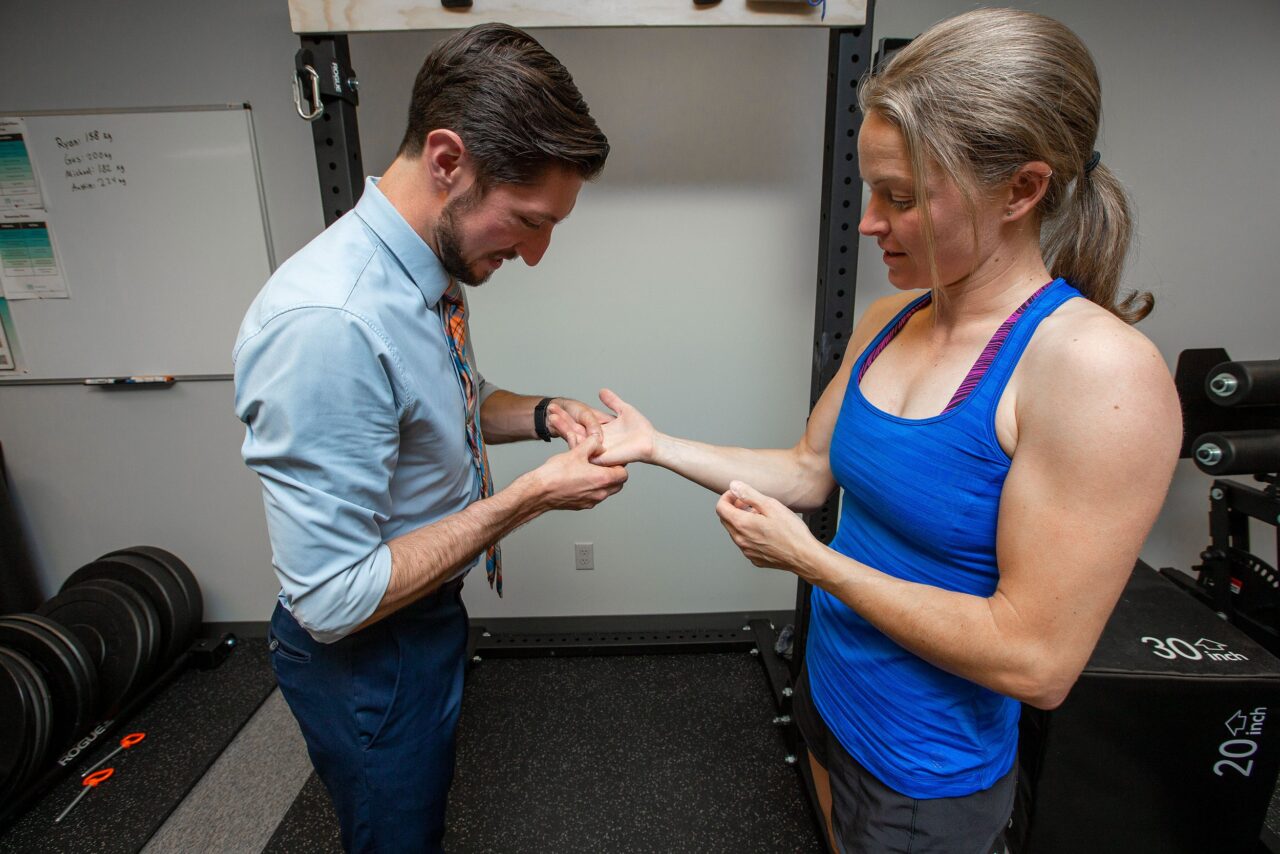Carpal tunnel syndrome is common among rock climbers due to the repetitive stress that climbers put on their wrists and forearm muscles. This can lead to loss of strength in the hand, difficulty feeling the holds under your fingers, and significantly impact your climbing.
Carpal tunnel syndrome or the entrapment of the medial nerve at the wrist is a condition leading to pain, numbness, and pins and needles sensations along the palm side of thumb, index, and middle fingers. If the entrapment continues weakness can be experienced in the wrist and hand. Contributing factors include loss of nerve and wrist mobility, muscle imbalance, and work ergonomics. Although surgery remains a common intervention, previous research has shown no difference in long term outcomes between surgery and Physical Therapy for patients with carpal tunnel surgery (Fenandez de las Penas et al. J Pain. 2015.). A recent research study compared the cost of these Physical Therapy interventions for patients with carpal tunnel syndrome.
Journal of Orthopedic and Sports Physical Therapy published a recent article on the cost effectiveness of either Physical Therapy or surgery for the treatment of carpal tunnel (Fernandez de las Penas et al. 2018). Authors randomized 118 patients with carpal tunnel to either a surgical intervention or Physical Therapy consisting of 3 sessions of manual therapy, nerve mobilizations, and home exercises. As expected, patients in the surgical group required greater numbers of additional treatments, days lost from work, and greater costs compared to patients in the Physical Therapy group. This would also translate into more time away from climbing! In addition, this study supported previous research findings on equivalent outcomes found between surgery and conservative care treatments for patients with carpal tunnel.

